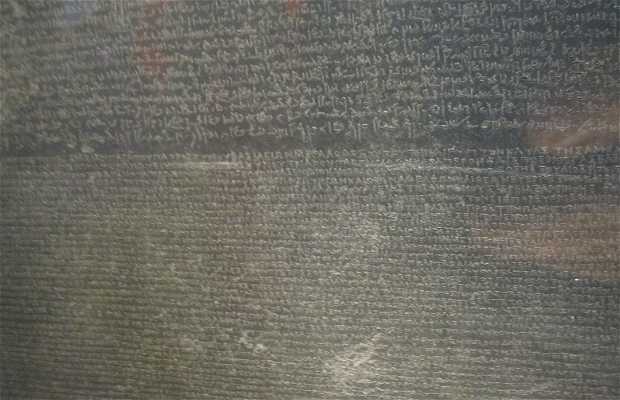Gateway to the Ancient Egyptians
For 1,400 years, nobody could read the texts of the ancient Egyptians. It was in 1799 that a soldier in Napoleon's army discovered the Rosetta stone of black basalt, which contains a text written in three different scripts. The upper part contained hieroglyphs, the middle part was written in Demotic Egyptian, and the bottom in Ancient Greek. The stone dated back to 196 BC. The stone was confiscated from the French army by the British navy, but copies of the texts were made available to major European linguists. Jean-Francois Champollion was the first to find the key. For 14 years, he studied the texts, compared them to other pieces of writing, and in 1822 announced in a letter to the Royal Academy of Inscriptions that he had discovered the secret to unlocking the mysteries of hierogliphics.




